Chili Oil Ingredients: A Flavorful Guide for Spicy Lovers
Table of Contents
Introduction to Chili Oil Ingredients
Chili oil is a staple in many cuisines around the world, adding depth, heat, and flavor to everything from stir-fries to dipping sauces. Whether you're a seasoned chef or a home cook with a passion for spice, understanding what goes into chili oil can help you create the perfect blend for your taste buds. In this article, we'll break down the key ingredients, how to make your own, and some helpful tips for using it in your cooking.
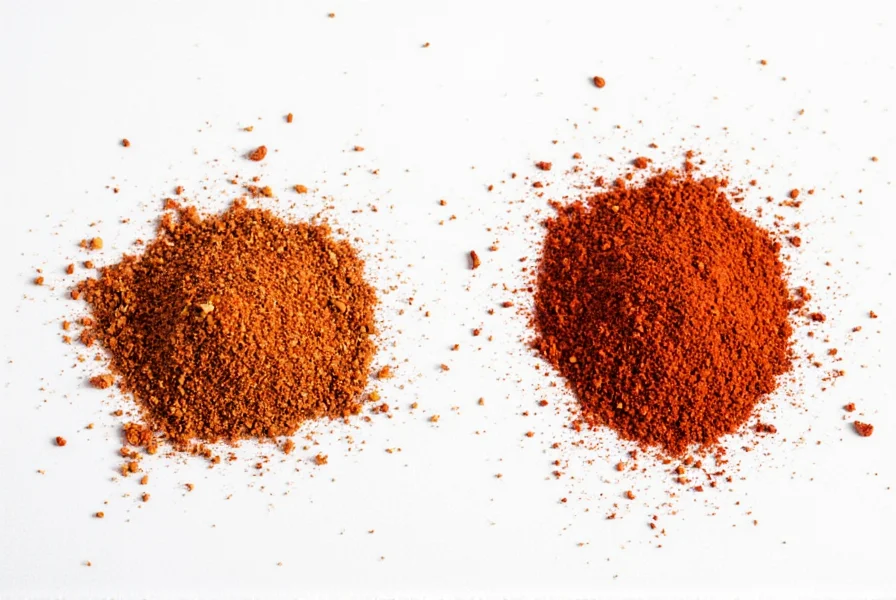
Key Ingredients in Chili Oil
While there are many variations of chili oil, the core ingredients usually remain the same. Here's a breakdown of the most common components:
- Chilies: The base of any good chili oil. Common choices include red bell peppers, jalapeños, serranos, and ghost peppers. Each adds a different level of heat and flavor.
- Oil: Neutral oils like vegetable oil, canola oil, or even sesame oil are commonly used as a base. The oil helps infuse the chilies' flavors and provides a smooth texture.
- Garlic: Adds a savory, aromatic note that complements the heat of the chilies.
- Onion: Often used to add sweetness and complexity to the oil.
- Salt: Enhances the overall flavor and acts as a preservative.
- Herbs and Spices: Depending on the recipe, you might find additions like black pepper, cumin, coriander, or even dried oregano.
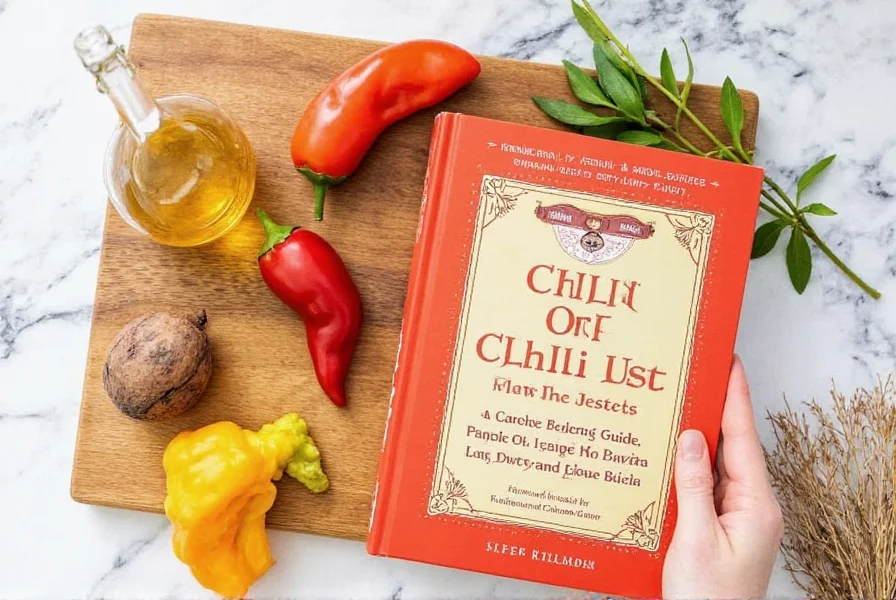
How to Make Your Own Chili Oil at Home
Creating your own chili oil is simple and rewarding. Here’s a basic recipe to get you started:
- Prepare the Chilies: Wash and slice your chilies. For extra heat, leave the seeds in; for a milder version, remove them.
- Heat the Oil: In a saucepan, heat your chosen oil over medium heat. Add garlic and onion slices and sauté until golden brown.
- Add the Chilies: Toss in the sliced chilies and let them cook for a few minutes until they begin to soften.
- Season and Simmer: Add salt, black pepper, and any other herbs or spices you prefer. Reduce the heat and let the mixture simmer for about 10–15 minutes.
- Strain and Store: Strain the oil through a fine mesh sieve or cheesecloth. Let it cool before transferring it to a clean jar. Store in a cool, dark place for up to a month.
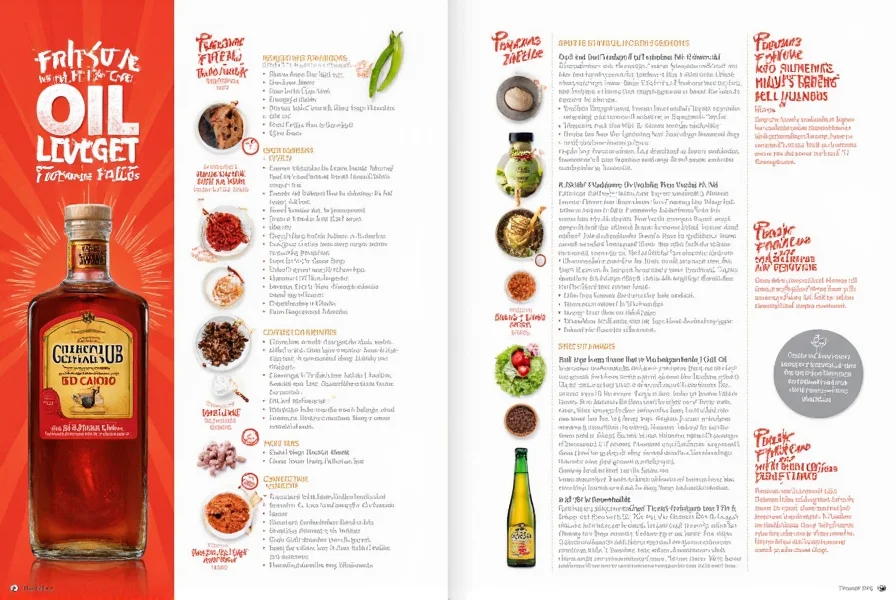
Buying Guide for Chili Oil Ingredients
If you're not making your own chili oil, choosing the right ingredients can be just as important. Here are some top picks for each component:
Best Oils for Chili Oil
| Oil | Features | Use Cases | Target Audience | Suitable Occasions |
|---|---|---|---|---|
| Vegetable Oil | Neutral flavor, high smoke point | Perfect for beginners, everyday use | Home cooks, casual users | Stir-fries, roasting, general cooking |
| Canola Oil | Light taste, affordable | Great for light chili oil recipes | Budget-conscious cooks | Dipping sauces, dressings, light cooking |
| Sesame Oil | Rich, nutty flavor | Excellent for Asian-inspired dishes | Chefs, enthusiasts of Asian cuisine | Asian stir-fries, noodle dishes, marinades |
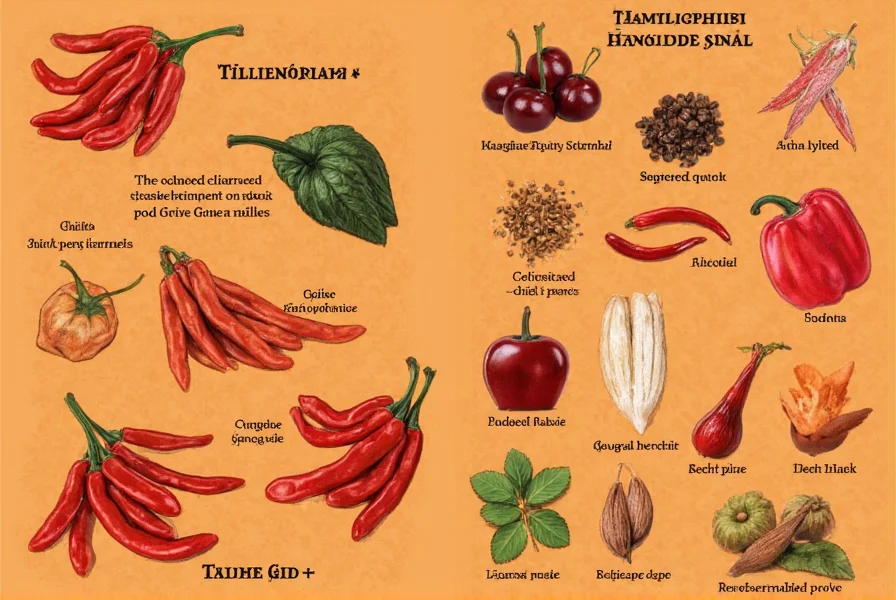
Top Chili Varieties
| Chili | Heat Level | Flavor Profile | Use Cases | Target Audience |
|---|---|---|---|---|
| Jalapeño | Mild to Medium | Peppery, slightly sweet | Beginner-friendly, everyday use | Amateur cooks, families |
| Serrano | Medium to Hot | Crunchy, tangy | Great for sauces, salsas | Chefs, spicy food lovers |
| Ghost Pepper | Extremely Hot | Smoky, intense | For bold, adventurous cooks | Spice enthusiasts, professional chefs |
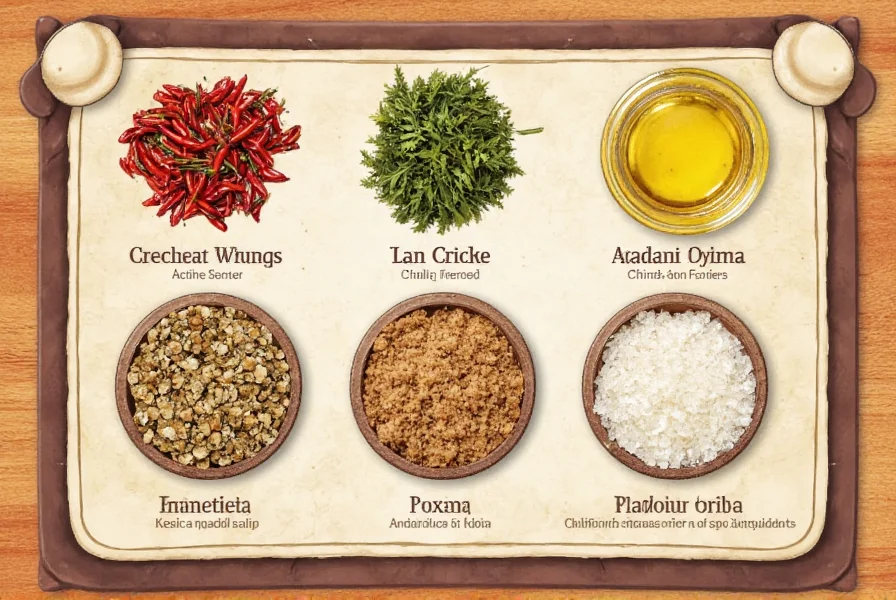
Pro Tips for Using Chili Oil
Once you have your chili oil ready, here are some tips to make the most of it:
- Use It Sparingly: Chili oil is potent, so start with a small amount and adjust to your taste.
- Pair It with Complementary Flavors: Try mixing it with soy sauce, vinegar, or citrus juice for a more balanced taste.
- Freeze for Long-Term Storage: If you make a large batch, freeze the oil in small portions for later use.
- Experiment with Flavors: Add things like ginger, lemongrass, or star anise for a unique twist.
- Make It Your Own: Customize the recipe to match your personal spice tolerance and flavor preferences.

Conclusion
Understanding chili oil ingredients is the first step toward creating a versatile and flavorful condiment that can elevate your cooking. Whether you're making your own or purchasing pre-made oil, knowing which components work best can help you achieve the perfect balance of heat and flavor. So next time you reach for that bottle of chili oil, remember—every drop is a result of carefully selected ingredients that come together to create something truly special.
Remember, the chili oil ingredients you choose can make all the difference. Experiment, enjoy, and let your taste buds guide you!

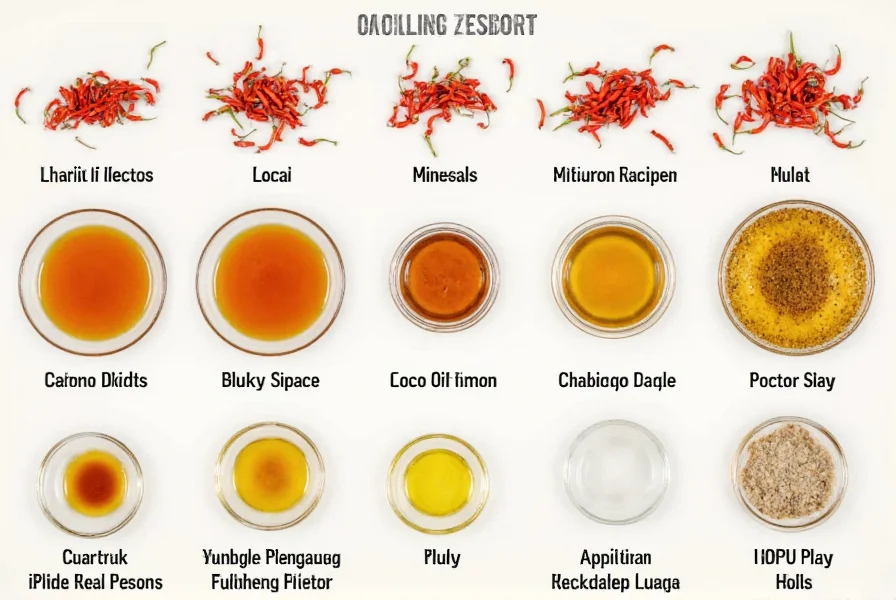









 浙公网安备
33010002000092号
浙公网安备
33010002000092号 浙B2-20120091-4
浙B2-20120091-4